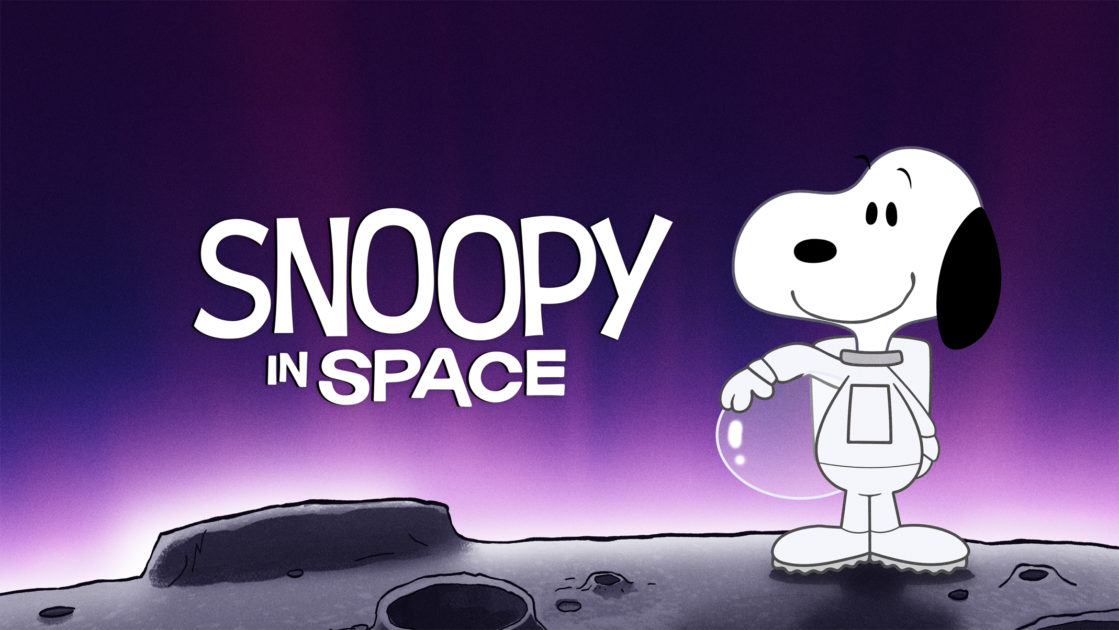This piece is part of Stream Shift— an analysis of the video streaming world by Zach Ferenchak.
Back in 2017, I submitted my first series of opinion pieces to the Chimes. 4K Ultra HD content was starting to enter mainstream media, and with it, the start of what I would call the shift to streaming.
Fast forward to 2020 and a lot has changed. Besides the fact that we are in the middle of a global pandemic, social justice movement, and seemingly never-ending election cycle, the world of streaming has changed significantly.
Since the time of the original series’ writing, Apple, Disney, and NBC have come out with streaming services, to name a few. Hulu and YouTube have embraced the Sling TV concept of offering live TV via streaming.
So with the plethora of options available now, what is the best option for a college student? It really depends on what you need. Do you just want to binge watch your favorite show? Watch hours of live news, sports, or masked singers? Maybe you’re a Marvel or Star Wars fan, or maybe you already use Apple’s music service. Below I will list some of the major streaming services available today and who I believe they are the best fit for.
- Netflix
- Hulu
- Disney +
- Apple TV Plus
- CBS All-Access
- Peacock
Netflix
As the service that started it all, Netflix needs no introduction. Starting as a mailbox movie rental service in 1998, Netflix made its historic jump to streaming in 2007. The service now boasts near 150 million subscribers and is a household name in many households around the world.

Who is this service for, though? The former one-stop shop for pretty much every movie and TV series in mainstream media (to an extent) is now facing a shift to in-house content as more and more shows are taken off to boost the exclusive offerings of new competitors. The in-house offerings from Netflix nowadays are pretty compelling, though. Major hits like Stranger Things and Ozark along with niche offerings such as The Witcher and Black Mirror give Netflix a little bit of everything. Also, Tiger King is worth mentioning here simply because it captured the attention of mainstream culture amidst a global pandemic this year. All of this comes in starting at $8.99/month for one screen of viewing.
Hulu
Coca-Cola has Pepsi, Nike has Adidas, and Netflix has Hulu. The streaming service launched in 2007 as a direct competitor to the streaming component of Netflix. The company was founded as a joint venture between News Corporation and NBC Universal, among others, and initially was offered as a free subscription (with ads). A stark contrast between this competitor and Netflix, though, is Hulu’s Live TV option. This made the streaming wars that much more complicated, which is great for consumers as it allows for more choice.
Ignoring Hulu Live TV for now, what makes this service attractive to students? For one, the bundling deals for Hulu are attractive for both families and students. For Spotify users like myself, the Spotify for Students + Hulu subscription is a very attractive option. You get ad-free Spotify and the basic tier of Hulu (which includes two simultaneous streams) for $5.99/month, aka, the price of a coffee from the campus coffee shop. There’s also the Disney trinity featuring Disney+, ESPN+, and Hulu for $12.99/month.
Hulu’s selection is arguably hit or miss. It has a lot of series that have resonated with audiences over the years and is currently fueling my 90s sitcom binge (first Seinfeld, now Frasier, next Friends). The service lacks a lot of the latest mainstream hits though (Big Bang Theory, Modern Family, many NBC-owned shows, etc.). The service does have a nice sharing arrangement for alternative/sci-fi networks, though, such as FX.
Disney+
This service had arguably the most hype when it launched one year ago in November 2019. Considering just how much precious intellectual property Disney has in its portfolio, the decision to put it all on a streaming service isn’t a surprise to me. If you are a Disney fanatic, this is an obvious choice.

To clarify, a Disney fanatic can mean anything from someone reliving their childhood through the Disney Channel, to Marvel or Star Wars diehards, or even nature buffs (National Geographic). As the resident Marvel nerd here, I am very tempted to cough up the $7/month (for at least a few months) to binge the upcoming WandaVision series starring two members of the Avengers squad. Others may be pulled in by the second season of The Mandalorian.
Besides this, though, I really see the value in Disney+ when partnering up with family/friends. Split the $7/month in half with a friend and get two active streams for each. Or you could convince mom and dad to split the $12.99 Disney trinity and get access to a world of sports, all the Disney you can handle, and tons of other network shows for $6.50/month.
Apple TV+
The famed maker of iPhones and Macs, also a major player in the music streaming game, Apple launched into the world of the streaming wars with Apple TV+ in November 2019. The service houses only Apple originals and is available on a select (but growing) number of devices.

So let’s talk about these Apple originals— are they worth your streaming time? The shows boast star-studded casts with names like Chris Evans, Jennifer Anniston, Jason Momoa, and Steve Carrell, just to name a few. As of July 2020, Apple TV+ series have earned a total of 25 awards for a number of series.
Not all have had the virality or cultural appeal that some of the top Netflix shows have had, but there are still some quality choices in there. And if you needed a familiar favorite to attract you to the service, Apple has inked a deal to land exclusive rights to the Peanuts holiday specials to go along with their new on-house Peanuts shows.
Similar to Disney+ and Hulu, Apple also offers bundles for Apple TV+. The most common one is a year of the service for free when buying a new Apple device. For students, there is a bundle with an Apple Music Student subscription and Apple TV Plus for $4.99/month. And finally, the Apple One subscription comes with Apple Music, Apple TV+, Apple Arcade (gaming service), Apple News+, Apple Fitness+ and increased iCloud storage all for $14.95/month. So if you’re ¾ of the way into the Apple ecosystem or a fan of any of the huge names included in the service’s programming, Apple TV+ may be the option for you.
Network Specific: CBS All Access (Paramount+), (NBC) Peacock
Although very different from each other, both of these streaming services share a similar place in my mind as a consumer. Starting with CBS All Access (which will be rebranded to Paramount+ in 2021) was originally launched in 2014, making it a little older than it’s NBC-counterpart. The service features on-demand access to ViacomCBS’s variety of brands, including BET, Comedy Central, Nickelodeon, and MTV. The service also offers a constant feed of live TV from your local CBS station along with CBS News, CBS Sports, and ET Live 24/7 (if that’s your thing).
The service starts at $5.99/month for an ad-supported version and there is also a 25% discount offered for students, bringing the new starting price to $4.50/month. It is a good option for those who really need to relive their Spongebob Squarepants-filled childhood or want a way to stream all of the CBS sports programming without paying for a cable or live TV service.
NBC’s Peacock launched in July of 2020 and is quite possibly the most attractive option for college students. It’s differentiating factor is pretty simple— it’s free. That’s right: completely free (for the ad-supported base tier, that is). I was pretty surprised to see that for no charge at all I could binge watch a really good sitcom like Psych or Parks and Recreation. At the time of writing, the service lacks The Office, though, which could be due to the show’s current (but expiring) distribution deal with Netflix, which is set to expire at the end of the year.
So what about the paid tiers, though? Peacock Premium adds Original series, (some) live NBC-TV, net day airings of NBC shows, and an extended catalog of NBC shows for $4.99/month. The ad-free variant, Peacock Premium Plus, goes for $9.99/month. This service is good for anyone who is a die-hard fan of NBC shows, and there are some good series worth paying a monthly subscription for (I’m looking at The Office, Law and Order, etc.).
Conclusion— Abundance of Choice
The streaming wars are becoming ever-more complicated these days. It makes me miss the early days when pretty much everything was on Netflix. Now you must choose your streaming service based on brand/series loyalty. People like me who equally love The Avengers, The Office, Frasier, and live sports (point being we all have varied TV/movie consumption diets) are stuck in a weird spot where we end up paying almost the equivalent of a standard cable package in order to truly have it all. That brings me to the next article in this series, though: live TV streaming. This option may just be the one. But as that market still develops, we have a developed market of on-demand streaming services to choose from.


